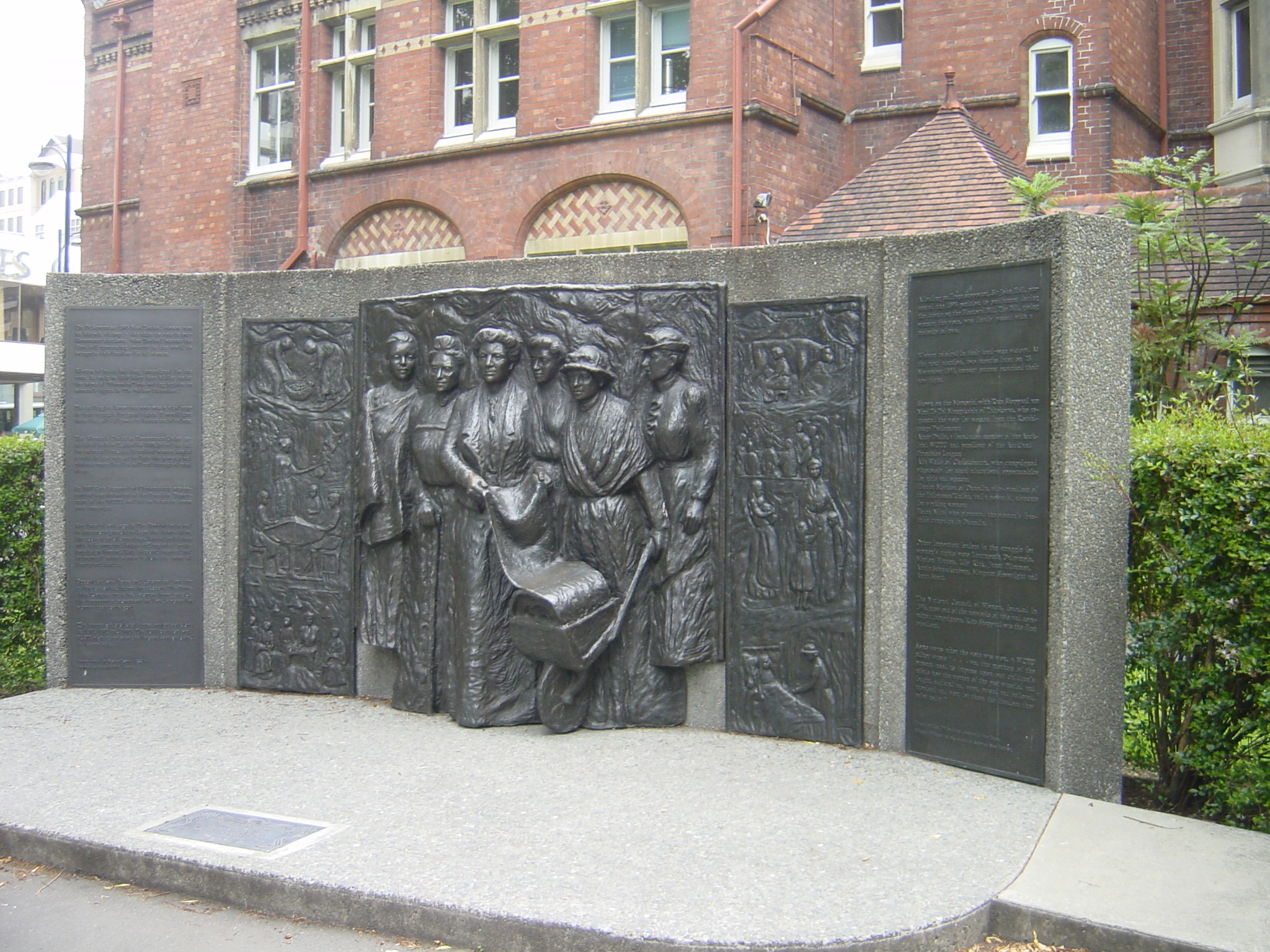It is 170 years since New Zealand’s first general election began on 14 July 1853. In those days, travel was challenging and there were only a few election officials, so elections were staggered over several weeks. In 1853, it took 2½ months to complete.
Although regarded as a more liberal version of its British template, voting rights were highly restricted, excluding most Māori men, a minority of European men, and all women.
Although the Municipal Corporations Act of 1876 gave both men and women ratepayers the right to vote and stand for local government office, it’s not known how many women took these opportunities. What is known is that by 1890, the women’s suffrage movement had gained huge momentum.
On 14 August 1891, women’s suffrage petitions were presented to Parliament. Organised by the Women’s Christian Temperance Movement (WCTU), these petitions carried more than 9,000 signatures and contributed to the introduction of the Female Suffrage Bill. This bill was passed by the House of Representatives but defeated in the Legislative Council.

Kate Sheppard National Memorial to Women’s Suffrage in Christchurch | Robert Cutts, CC BY 2.0
The WCTU and its allies, including trade unions, pushed ahead. On 28 July 1893, they presented a “monster petition” to parliament, signed by nearly 24,000 women. Almost 7,000 more signatures were contained on several other smaller petitions. Many well-known suffragists (the term suffragette wasn’t used in New Zealand at that time) and feminists were amongst the signatories, including Marion Hatton, Ada Wells, and Kate Sheppard.
According to Archives New Zealand:
The roll was presented to Parliament with great drama. John Hall, Member of Parliament and suffrage supporter, brought it into the house and unrolled it down the central aisle of the debating chamber until it hit the end wall with a thud.
On 19 September 1893, Governor Lord Glasgow signed the Electoral Act into law, and New Zealand became the first self-governing country where all adult women had the right to vote in parliamentary elections. In less than two months, 109,461 women had enrolled to vote in the 1893 election. And, despite alarmist declarations from suffrage opponents that “lady voters” might be harassed, more than 90,000 women went to the polls.
Political equality for women was still some way off. It wasn’t until 1919 that they were allowed to stand for parliament. Finally, 40 years after the passing of the Electoral Act 1893, on 13 September 1933, New Zealand elected its first woman MP. The Labour Party’s Elizabeth McCombs was elected at a by-election in Lyttelton, succeeding her late husband.
The number of women MPs did not reach double figures until the 1980s, but, since last October with the swearing-in of Labour list MP Soraya Peke-Mason, women held an equal number of seats to men in the House.
There’s still plenty of work to be done, for example, tackling sexism and the gender pay gap. As Judith Collins remarked to RNZ in October 2022, “We have to remember that us having equal numbers in Parliament does not necessarily translate to all women in New Zealand having a fair go.”






